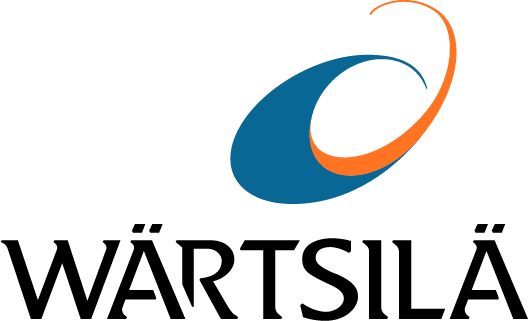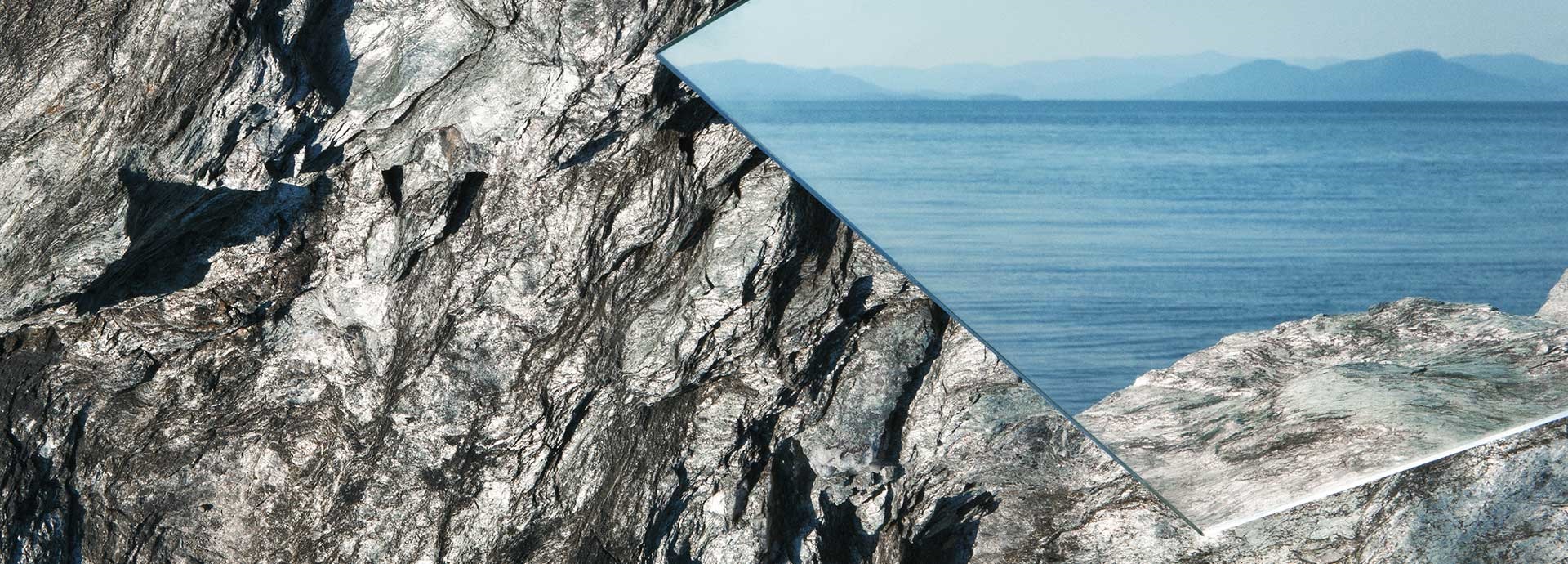

5803 results
The membrane technology was developed by the naval engineering firms Gaz Transport and S.N. Technigaz for the transport of liquid methane by sea.
Built in 1999 by Hanjin Heavy Industries Co Ltd, Korea, LNG tanker HANJIN MUSCAT has four cargo tanks contained in a complete double-hull structure, which includes ship sides and bottom, transverse bulkheads and upper deck trunk.
Wärtsilä Hamworthy’s MBR technology is an advanced wastewater treatment process based on biological degradation and membrane separation.
An internal combustion engine operating within the range from 250 rev/min to about 1200 rev/min.
A shaft sealing arrangement fitted to pumps in place of a stuffing box and gland packing assembly.
Means for rapidly recovering survivors from water and transferring them from rescue units or survival craft to the ship, (mandatory for each ro-ro passenger ship).
The ratio of the accumulated operating time for a sample of parts to the total number of failures in the sample, for specified conditions of operation.
A measure of volume denoting one thousand cubic feet of natural gas equal to 28.3168 cubic metres.
A radio distress call.
The maximum continuous rated power output as specified on the nameplate and in the Technical File of the marine diesel engine.
The maximum pressure of a piping system determined, in general, by the weakest piping component in the system or by the relief valve setting. The maximum allowable working pressure is not to exceed the design pressure.
The greatest speed the ship is designed to maintain in service at sea at the deepest seagoing draught, (acc. to SOLAS, Chapter II-1, Part A).
A controller, which is used in a cascade control system. It provides an output which acts as a variable desired value for a slave controller.
A tubular steel erection, which carries various items of navigational equipment and fittings, e.g. lights, radar, etc.
An illness preferably of an infectious nature affecting more than two persons on board at the same time.
The maximum allowable relief valve setting of a cargo tank, (IGC Code).
MARSEC means Maritime Security as used by the U.S. Coast Guard to designate security levels.
Annex VI, which came into force on 19 May 2005, governs the control of the discharge of noxious substances from ship diesels. It is applicable to ship diesels with a power larger than 130kW built and installed since 1 st January 2000.
Annex V, which came into force on 31.12.1988, contains requirements relating to the disposal of all types of food, household and operational waste that have accumulated aboard ships during operation.
The regulations contain requirements for surveys and certification of sewage systems and impose operational restrictions regarding sewage discharge. Annex IV entered into force on the 27 September 2003.